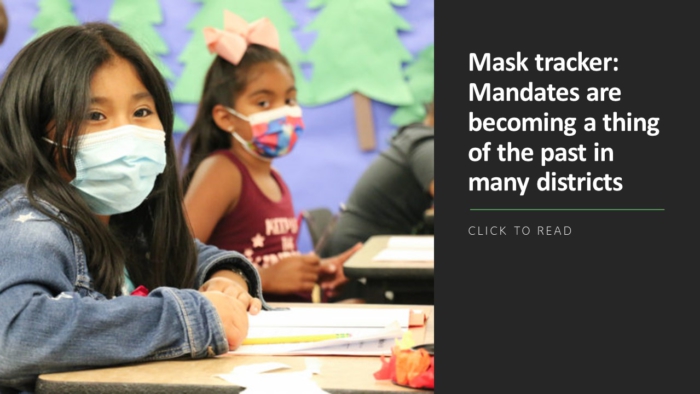One of the best ways for students to continue to build social-emotional skills is to participate in some form of high school sports, a growing number of education experts now say.
The benefits extend from formally organized athletics department programs to more causal fitness activities yet, prior to COVID, fewer than four in 10 public high school students played sports. Only 23% get the recommended level of daily physical activity, according to Aspen Institute’s Sports & Society Program. Still, most students who play a sport do so through their school.
“Many high schools are unable to deliver sports programs that meet the needs and hopes of students,” the think tank says in a newly released guide, “A Playbook to Develop Every Student Through Sports.”
The top reasons students don’t play are homework and a sense that, outside of recruited athletes, sports don’t add much to a college transcript, the Institute found in a survey of 6,000 kids. Among the other top reasons that students don’t participate is they don’t enjoy sports, their school doesn’t offer a sport they like or don’t think they’re good enough; others cited work schedules and family responsibilities as barriers.
Also, “athletic departments do a lot with a little,” the report says. Even high schools that are innovating to get more students involved spent just 2% to 4% of their budgets on athletic programs. And there are also stark equity problems: “high schools populated predominantly by students of color have 25 roster spots for every 100 students; at heavily white schools, there are 58 spots per 100 students,” the report says.
Solving the problem
The Aspen Institute playbook guides school leaders in how to improve sports for students who are already playing and better engage those who are not. To start, school leaders and coaches should work together to ensure resources are spread beyond just the top athletes to reach a wider swath of the student body. Also, prioritizing health and safety with a sufficient athletic training staff can attract students who don’t play because they are worried about suffering a serious injury.
Here are several more steps to take:
1. Align school sports with the school mission: Beyond winning championships, the purpose of athletics is not always clear. In fact, among the top reasons students give for playing sorts, “winning games” falls far below having fun, exercising and making new friends. One school, for example, updated its mission statement for athletics to say the program provides a competitive and safe environment where “student-athletes connect with caring coaches and experience physical, social and emotional growth leading to positive transformation.”
More from DA: Just how effective were masks in stopping COVID from spreading in schools?
2. Elevate student voice to gauge interest: Polling students is the best way to find out what sports they want to play. The most effective surveys also ask questions that will allow administrators to break data down by gender interests, disability, race and ethnicity, and grade level, and find out whether some students would prefer other health and fitness activities. Administrators can use the findings to add programs and partner with community organizations that can help.
3. Create personal activity plans: Helping students develop a four-year athletic plan can be as beneficial as having them map out their high school academic goals. Such a plan can cover both formal competition and physical fitness. “Call it a Personal Activity Plan, or any name you prefer, to underscore its deeper purpose – for students to acquire and retain the physical, cognitive, social and emotional benefits from physical activity that will help them succeed in life,” the study says. This Healthy Sport Index can also help students find the sport that suits them best.
4. Introduce other forms of play: While varsity may get the most attention, administrators should also provide options for student-led club sports or intramural sports in which classmates compete against classmates. These activities, popular on colleges campuses, offer the same benefits as interscholastic competition—exercise, teamwork skills, mental health and a sense of belonging. Administrators at schools where varsity roster spots and playing time are limited should look at sports such as ultimate frisbee, which requires minimal equipment and no referees. The top four sports students want their school to add are archery, gymnastics, lacrosse and bowling.
5. Bolster coaching education: A high school coach can be the most important adult in a student’s life. But coaches aren’t often trained to make sports a safe, healthy and positive experience for students. Most states require coaches to complete concussion, first aid and CPR training but only a handful require training in human development or developmental psychology. Athletics directors should provide more regular internal and external training for coaches, encourage them to network with their peers in other schools and hold coaches accountable to creating positive experiences that increase participation. This Deserve to Win grid offers a model for evaluating coaches on increasing opportunities for younger children, understanding racial and gender discrimination, and building relationships with athletes, parents, coworkers and administrators. The grid does not include wins and losses.









